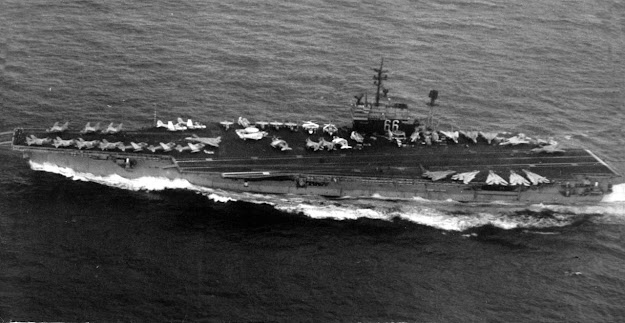Rome, 16 June 2020 – According to the Italian Undersecretary for Defence Giulio Calvisi, Italy might join the MGS (Main Ground Combat System) programme. “During recent bilateral talks with the German counterpart, the possibility of allowing Italy to participate in the so-called Main Ground Combat System programme, which aims at the development of a new main battle tank, emerged,” Calvisi said, underlining that the Ministry of Defence is committed to identifying further possible solutions should the project being currently underway by the CIO (Consorzio Iveco DV-Oto Melara) would not meet expectations. The CIO received a development contract worth 35 million Euro for the Mid-Life Update of the Ariete MBT, that will bring to the delivery of three prototypes. The Ariete MBT is currently in service with three tank regiments in the Italian Army, these units fielding a total of 123 tanks. According to the 2019 Army Report the current availability of the Ariete MBT is around 40%.
The upgrade will include the adoption of a new 1,500 hp powerpack, replacing the current one which provides only 1,300 hp, which will bring with it the upgrade of the ZF transmission, mobility on soft terrains being increased thanks to the adoption of new tracks, which increased width will allow decreasing the specific ground pressure, a requirement based on lessons learned i.e. in Iraq, where the Ariete was fitted with the heavier add-on kit available at that time (see the opening photo). Both the commander’s and the gunner’s optronics will be replaced by new generation systems, derived from those adopted on the Centauro II armoured car, the former receiving an Attila D (for Digital) panoramic sight while the latter will get a 3rd Gen Tilde B thermal sight. Also safety will be improved thanks to the replacement of hydraulics actuators with electric ones in the turret. The upgrade will also include the adoption of Larimart’s UIS-379 D Digital Intercom system in place of the old analog one and the fitting for an AN/PRC-152 Multiband Handheld Radio with SATCOM capability. Should the prototypes performances meet the MoD requirements, the plan is to upgrade 125 more Ariete MBTs to cover the needs of the three regiments and of the Cavalry School.
Should this fail, and should the option to joint the Franco-German MGCS team prove to be not viable, “alternative options are being evaluated in close synergy with the industrial sector; in particular, research is being carried out on possible strategic partners in order to propose a cooperative European project,” Calvisi answered the Defence Commission on 16 June during the Question Time, following his statement on the protection of the national Defence Industry sector.
The search for partners in the MBT field might well go beyond European borders; in a recent document published by the Italian Army a section was dedicated to the “strengthening of the Italian-Israel cooperation”, and it mentioned specifically a cooperation aimed at improving the performances of the respective national armoured platforms, “extending it to possible future commmon projects, such as that of Main Battle Tanks”. The strengthening of the relationship with the US Army as far as new capabilities developments are concerned has also been recently mentioned.
Although a partnership with European nations, with whom chances of conducting combined operations within the NATO or the European Union frameworks is higher, remains the best option, Italy is looking at 360° for the future of its armoured corps main combat asset.



























